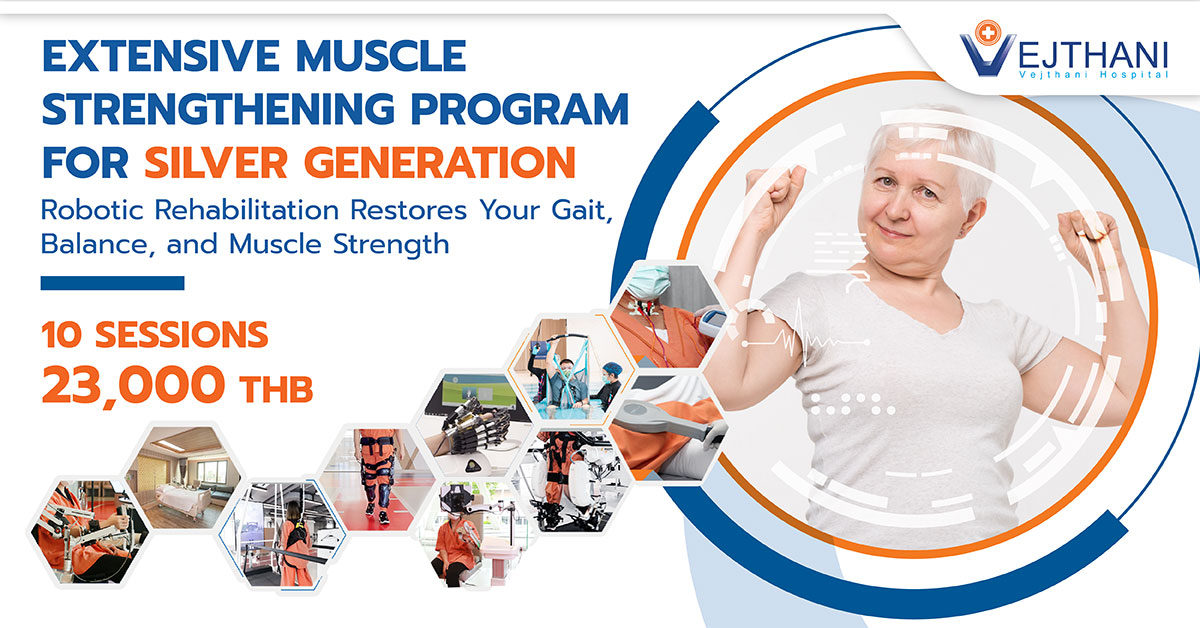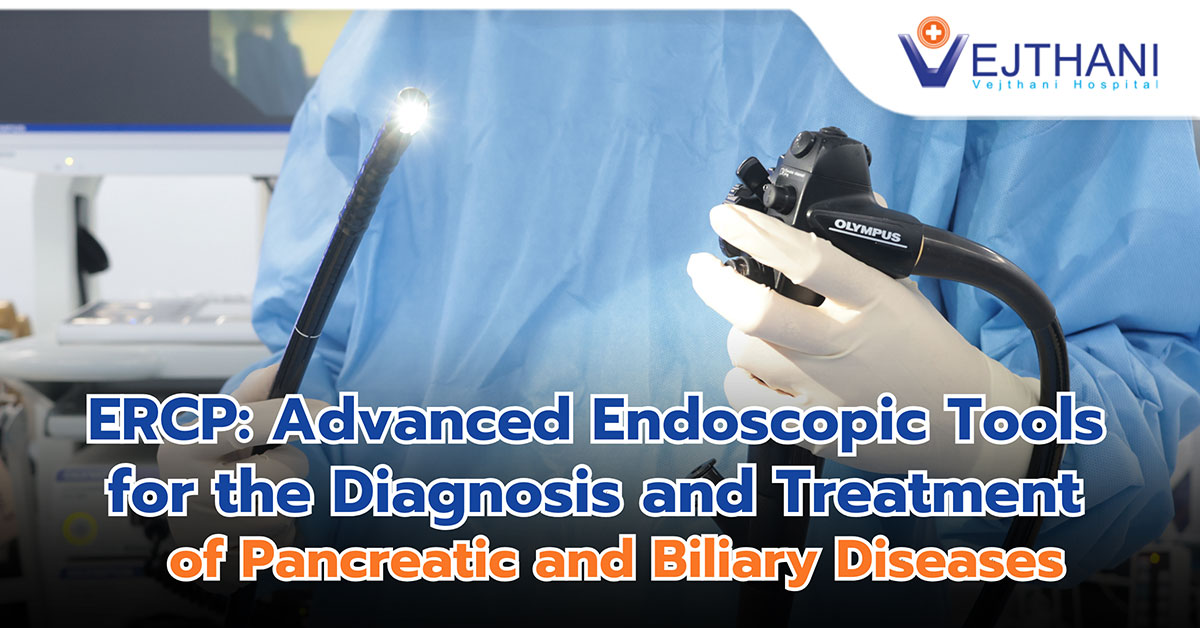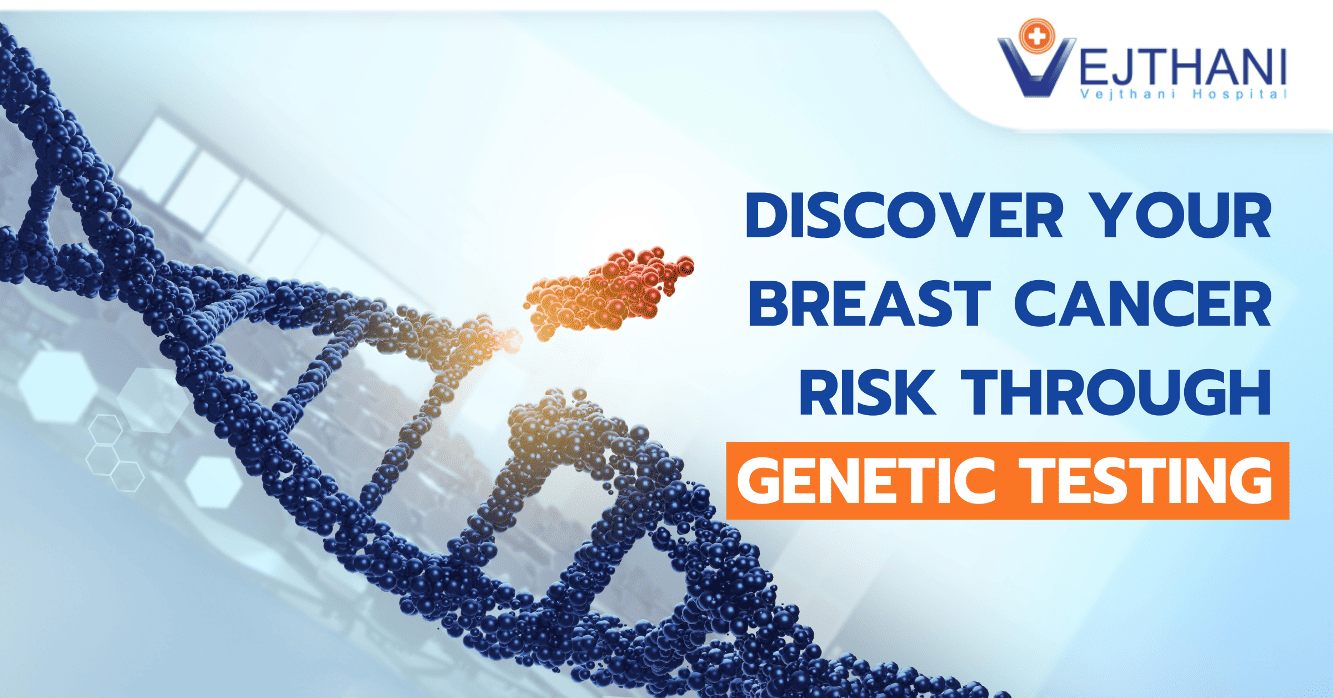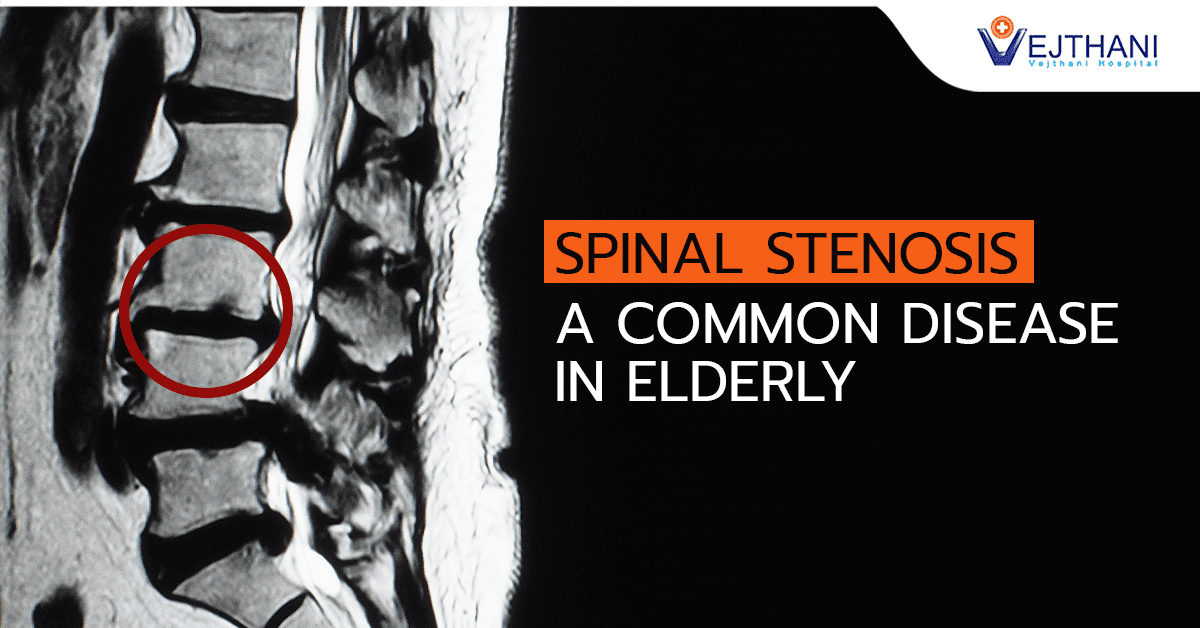
Spontaneous Coronary Artery Dissection (SCAD)
Diagnosis
SCAD is often diagnosed in emergency settings. The process may include:
- Medical history: You’ll be asked about your personal and family medical history.
- Diagnostic tests: These are used to assess heart function and are similar to those used for detecting heart attacks.
Tests to diagnose SCAD include:
- Blood tests: After heart damage, such as from a heart attack, certain proteins may leak into the blood. These proteins can be detected through blood tests. Additional blood tests might also be conducted.
- Electrocardiogram (ECG or EKG): This test measures the heart’s electrical activity to determine the heart’s rhythm and speed. Electrodes are placed on the chest, and sometimes the arms and legs, to record this information. An ECG can indicate whether a heart attack is occurring or has occurred.
- Coronary angiogram: In this procedure, a catheter is inserted into a blood vessel, typically in the groin or wrist, and guided to the heart. A dye is then injected to make the arteries visible on images, helping to identify SCAD and any abnormalities in the arteries.
Additional tests during a coronary angiogram to confirm SCAD and guide treatment:
- Optical coherence tomography (OCT): This involves the use of light to visualize the inside of blood vessels. A catheter emits a light beam as it’s guided through the vessel, providing detailed images of the vessel walls.
- Intravascular ultrasound (IVUS): This test uses sound waves to create images of the inside of the heart arteries. A catheter equipped with a sonic device is guided to the heart, and the returning sound stands are converted into detailed pictures by a computer.
Treatment
The primary objectives of treating spontaneous coronary artery dissection (SCAD) are:
- Restore blood flow to the heart: Ensuring that blood can flow freely to the heart is crucial.
- Manage chest pain: Alleviating symptoms and providing comfort.
- Prevent future episodes: Minimizing the risk of recurrent SCAD events.
Treatment approaches
Medications:
- Aspirin: Long-term use may lower the risk of heart disease post-SCAD. Consult a healthcare professional before starting daily aspirin therapy.
- Blood pressure medicines: Various medications are available to manage blood pressure, potentially for life, to reduce the risk of another SCAD.
- Chest pain medications: Nitrates and calcium channel blockers are effective in controlling chest pain associated with SCAD.
Surgical and other procedures:
- Coronary angioplasty and stenting (PCI): This may be necessary if SCAD severely impedes blood flow or if medications are insufficient. A catheter is inserted through a blood vessel to the heart, where a balloon widens the artery and a stent is placed to maintain openness.
- Coronary artery bypass surgery (CABG): If other treatments fail or multiple tears are present, this surgery creates a new pathway for blood flow using a graft from another part of the body.
Considerations for Pregnancy
Pregnancy can be risky following a SCAD event. It is vital to discuss the safety and timing of pregnancy with a healthcare professional before proceeding.
Cardiac rehabilitation
Following SCAD treatmet, ongoing care with regular check-ups is essential. Cardiac rehabilitation may be recommended, which includes:
- Supervised exercise
- Emotional support
- Education on maintaining a heart-healthy lifestyle
This comprehensive approach helps in the recovery and management of heart health post-SCAD.




















